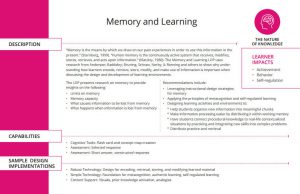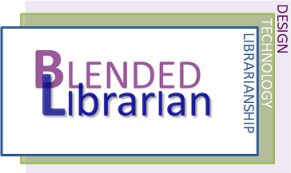I’m not sure what to think about this but perhaps it can be of help to instructional design librarians.
Pearson, the publisher of textbooks and learning modules, announced that it was releasing its learning design principles documents with a creative commons license.
As an open textbook advocate I find it refreshing to find a commercial textbook publishers doing more to offer open resources. On the other hand, skepticism about the value of something open being offered by Pearson is a reasonable reaction.
Although they deserve a closer look, Blended Librarians may find these learning design principles useful for their own curriculum or learning object development. So what’s being offered? According to the press release:
Pearson today announced the release of its Learning Design Principles (LDPs), used to support the integration of teaching and learning research into the design of Pearson products. There are 45 LDPs included in Pearson’s syntheses, all of which are being released under a Creative Commons license so they can be used by the public.
The LDPs cover learning concepts that are likely familiar to many educators and learning scientists, summarize the most fundamental methods and theories of learning. What are these 45 LDPs? You’ll find quite a few familiar topics such as formative assessment, scaffolding and critical thinking. According to an EdSurge report “Each principle includes a description (what is it?), capabilities (what can you use it for?) and sample design implementations (how do you build something based off of it?). It also includes a scorecard so that users can self-assess whether they incorporated the ideas in their design process.”

Perhaps the best way in which Blended Librarians can make use of the Learning Design Principles is as a resource to use when designing curriculum or learning objects. What principles of learning science and design methods are we using when we construct our learning resources? These LDPs may have value as both a reference and source for better understanding learning design. The rubrics for each principle will serve as a self-assessment for designers to determine how well it is incorporated into the instruction product.
Has Pearson given higher education something of value – or is this just a way to give the appearance of wanting to be more open? That depends on what comes next in the way of opening up more learning resources and making them of greater value to educators who want to reuse, remix and re-distribute this content. I hope we will see Pearson and other publishers sharing their content with the learning community.
